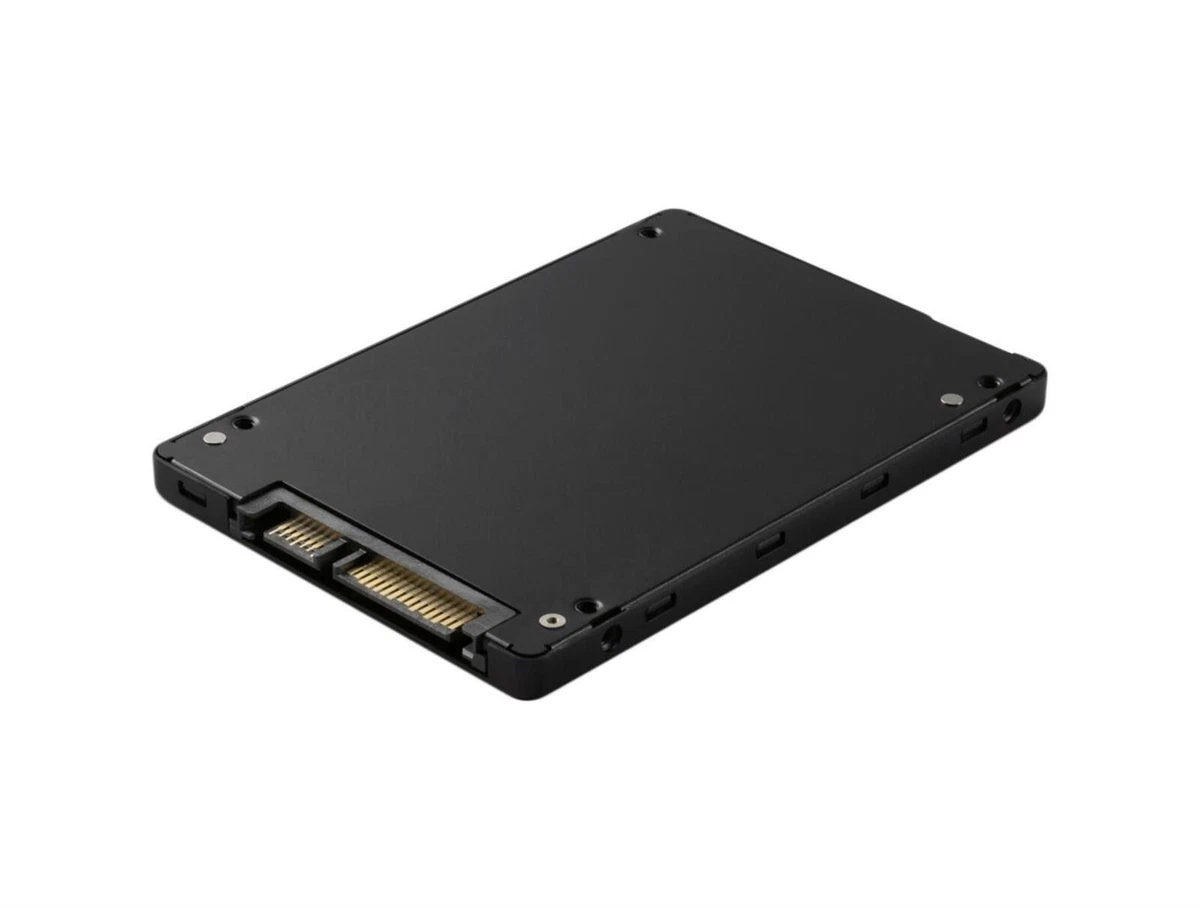
In today’s fast-paced digital world, desktop SSDs have transformed the way users interact with their computers. Replacing traditional hard drives with solid-state drives brings immediate responsiveness—boot times are reduced dramatically, applications launch faster, and multitasking becomes fluid. This leap in performance is not just about convenience. In 2025, where speed, reliability, and efficiency are non-negotiable across all fields—be it remote work, gaming, or digital content creation—a desktop SSD is essential.
The solid-state drive market continues to surge, reflecting growing demand from both consumers and enterprises. According to recent industry reports, the global SSD market is projected to grow significantly from around USD 61.3 billion in 2025 to over USD 129.6 billion by 2030. This growth is fueled by a compound annual growth rate of approximately 16 percent. The increasing reliance on data-intensive applications and the transition to more energy-efficient and faster storage solutions are major contributors to this trend.
Among the different SSD capacities available, the 320 GB to 500 GB range remains the most sought-after. This size offers a balanced blend of affordability and functionality, ideal for average users who want improved system performance without a hefty investment. It provides enough room for operating systems, essential software, and even games or creative project files, making it a solid choice for most desktops.
So, what exactly makes a desktop SSD a better choice than a traditional hard disk drive? The difference is noticeable from the moment the system is turned on. A SATA-based SSD can reach speeds of up to 550 MB/s, outperforming even the best HDDs by 10 to 15 times. This results in significantly faster boot-ups, quicker file transfers, and smoother operation when switching between applications. For those upgrading to NVMe SSDs connected via PCIe interfaces, the speed difference becomes even more striking. These drives offer blazing-fast performance that dramatically reduces load times and virtually eliminates data bottlenecks.
Apart from speed, reliability is a standout feature of desktop SSDs. Unlike hard drives, SSDs contain no moving parts, which drastically reduces the risk of mechanical failure. This makes them far more durable and better suited for environments where computers are used continuously or exposed to movement and vibration. SSDs also consume less power, produce less heat, and operate silently—qualities that are especially valued in home offices, studios, and workplaces where quiet operation and energy efficiency are important.
In 2025, advanced SSD formats have become mainstream. PCIe 4.0 NVMe SSDs are now the go-to option for power users, offering an excellent balance between cost and performance. These drives support higher bandwidth and faster data access speeds than their SATA counterparts. Meanwhile, PCIe 5.0 SSDs are beginning to appear in high-end systems, promising even greater speed gains. Enterprise solutions are pushing further ahead with PCIe 6.0 technology, capable of achieving read speeds as high as 28 GB/s. While these bleeding-edge drives are currently too expensive for the average user, they hint at the technological advancements that will soon trickle down into consumer-grade hardware.
Storage capacity also plays a crucial role in the decision-making process. While traditional hard drives still offer more storage per pound, SSD prices are falling steadily. Today, it is more affordable than ever to purchase SSDs with 1 TB or 2 TB of space. For users with moderate needs, a 500 GB drive often provides ample storage, while those requiring more can opt for larger SSDs without breaking the bank. As NAND flash technology becomes more refined and cost-effective, higher-capacity SSDs are no longer restricted to enterprise environments.
Another important factor to consider is durability. Desktop SSDs are inherently more robust than their mechanical counterparts. The absence of spinning disks or read/write heads makes them more resistant to physical shock and temperature variations. This makes SSDs a reliable choice not only for desktop PCs but also for mobile workstations and compact form factor systems. Their endurance makes them ideal for demanding tasks such as running multiple virtual machines, storing large project files, or executing high-bandwidth workflows.
For gamers, developers, and creative professionals, SSDs are game-changers. Modern games often require fast storage to load assets quickly and maintain performance. A desktop SSD ensures minimal waiting times and a smoother experience, especially with open-world or graphically intensive titles. Similarly, content creators working with large files in software like Adobe Premiere Pro or Photoshop benefit from the high-speed access and low latency that SSDs provide.
One of the best things about desktop SSDs is the simplicity of installation. Whether upgrading from an older hard drive or building a new PC, installing a desktop SSD is typically straightforward. Most users need only a screwdriver and basic cloning software to migrate data and set up the new drive. Compatibility is rarely an issue as most modern motherboards support SATA and M.2 interfaces, allowing users to choose the format that best suits their needs.
Looking to the future, SSD controllers are becoming increasingly sophisticated. Features such as AES‑256 encryption, advanced error correction, and intelligent caching are making their way into consumer-level drives. These enhancements not only improve security but also extend the lifespan and efficiency of SSDs. As enterprises adopt more advanced storage technology, consumers can expect to see these innovations integrated into affordable drives by the end of the decade.
Choosing the right desktop SSD depends on the user’s goals. A SATA SSD is more than sufficient for users who need faster boot times and smoother application performance. For those seeking top-tier performance, PCIe 4.0 NVMe drives are currently the most practical choice. As PCIe 5.0 and 6.0 become more accessible, these next-generation SSDs will bring unprecedented speed and capabilities to the desktop market.
Efficiency is another reason to consider upgrading. SSDs typically consume less power than hard drives—some use half or even less. This not only helps reduce electricity bills but also contributes to lower heat generation, resulting in quieter system performance. In work environments where energy savings and noise control are crucial, SSDs offer a clear advantage.
By investing in a desktop SSD, users are future-proofing their systems. These drives enhance performance, extend system longevity, and ensure smoother operation for years to come. Whether replacing an aging hard drive or building a powerful new desktop, SSDs are no longer optional—they are essential.
In conclusion, desktop SSDs in 2025 offer a compelling mix of speed, durability, energy efficiency, and affordability. Their advantages over traditional storage are now undeniable. As technology continues to evolve and prices fall further, SSDs will remain the default storage solution for desktops across all user levels—from casual users to professionals and gamers. A high-quality SSD not only improves daily computing but also prepares systems for the increasingly demanding software of the future.





